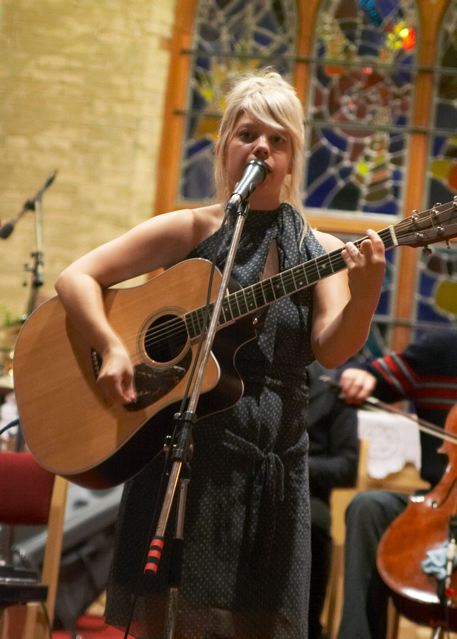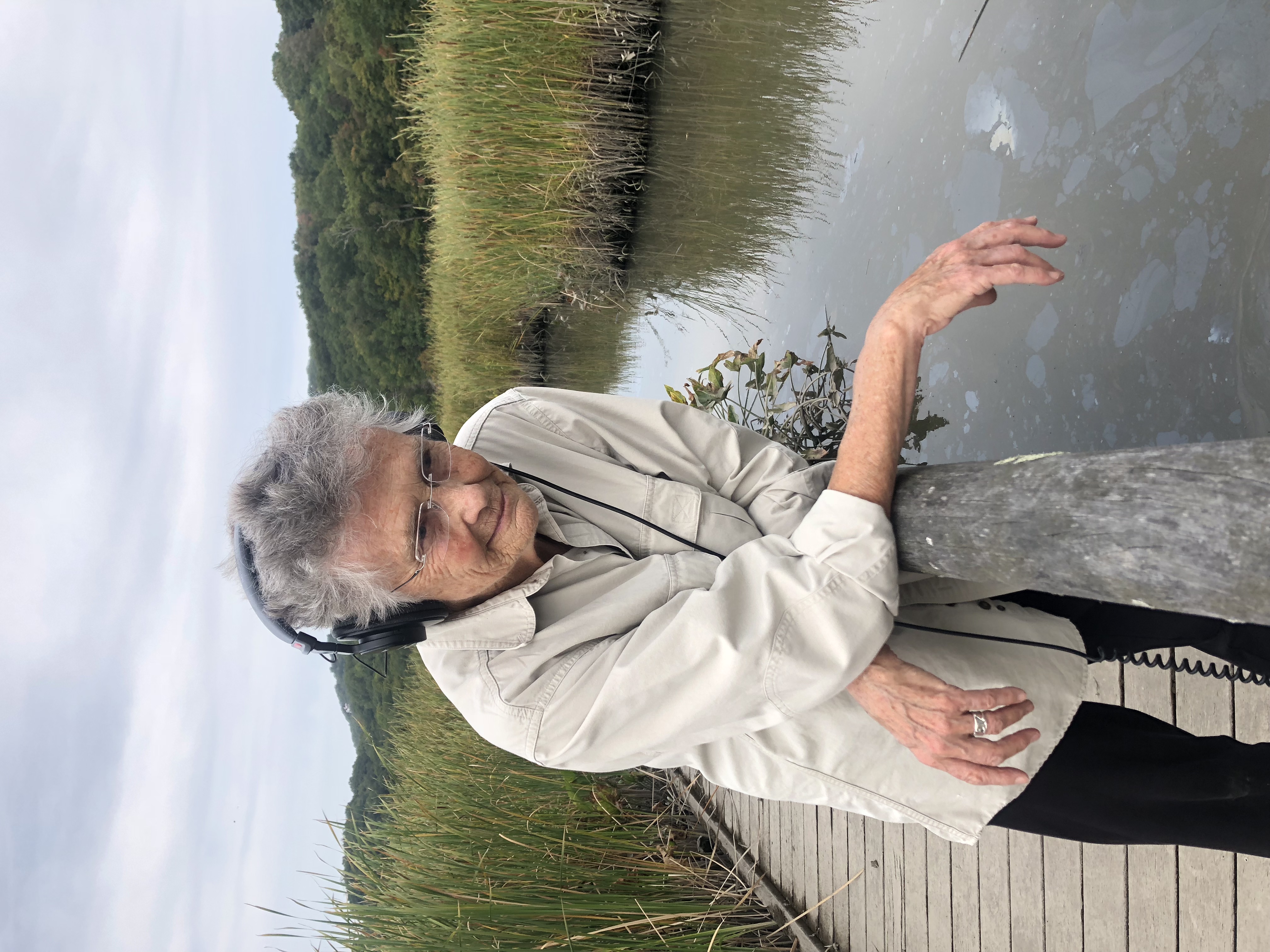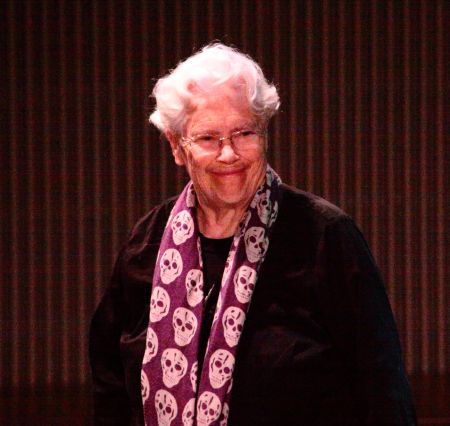|
Musicworks
''Musicworks'' is a Canadian avant-garde music magazine, launched in January 1978 by Andrew Timar (editor-in-chief) and John Oswald (design and production). History The first 4 issues came as a supplement to ''Only Paper Today'', a Toronto art magazine published by Victor Coleman. It was then published quarterly by Toronto's Music Gallery, with funding from the Canada Council, the Ontario Arts Council, private donations and paid advertisement. The journal's offices were located inside The Music Gallery on Saint Patrick Street, Toronto. In 1980, John Oswald summed up the birth of the magazine in an editorial titled ''The Story of Musicworks'': "Four years ago, interested parties at the Music Gallery, an experimental music performance facility in Toronto, and ''Only Paper Today'', an art publication, initiated a magazine of new musics as a supplement to OPT. This was accomplished with volunteered contributions of materials, editorial time, and print space in an existing magazi ... [...More Info...] [...Related Items...] OR: [Wikipedia] [Google] [Baidu] |
The Music Gallery
The Music Gallery is an independent performance venue in Toronto, Ontario, Canada. It is known as a space for musical and interdisciplinary projects in experimental genres. The Music Gallery is publicly funded through arts grants from the city, province, and country, and through membership and ticket sales. History The Music Gallery was founded in 1976, by members of the improvisational experimental group CCMC. The musicians ran the space and performed there regularly until 2000. CCMC artists also established the ''Music Gallery Editions'' record label and ''Musicworks''. The Music Gallery's motto is "Toronto's Centre for Creative Music." John Oswald, in an editorial describing the founding of ''Musicworks'', described it as "an experimental music performance facility." Others have called it "one of the city's most magical, best-kept secrets," "a vital venue," "seedbed for cultural multiplicity and emerging hybridity," and "one of Toronto's cultural gems." Locations From its ... [...More Info...] [...Related Items...] OR: [Wikipedia] [Google] [Baidu] |
Gayle Young
Gayle Young (born 22 Mar 1950) is a Canadians, Canadian composer and author. Young is an adherent of microtonality who has invented a number of musical instruments and musical notation, notational systems. Early life and education Young was born in St Catharines, Ontario. She graduated from York University with a Bachelor of Fine Arts in 1977. Career Young began writing for ''Musicworks'' magazine in 1978, becoming its managing editing, editor in 1987. In 1980 Young designed a 24-stringed musical instrument, the amaranth, which she played in many of her performances and later released an album of music performed on it. Young lectured about the musical creations of Canadian physicist, composer, and instrument builder Hugh Le Caine at the McGill Contemporary Music Festival in 1985, and in 1989 she published a book about him. In 2012 Young's recorded soundscape, "Avalon Shorelines", was part of a New York concert by cellist Madeleine Shapiro. She continued to act as editor of th ... [...More Info...] [...Related Items...] OR: [Wikipedia] [Google] [Baidu] |
Raymond Murray Schafer
Raymond Murray Schafer (18 July 1933 – 14 August 2021) was a Canadian composer, writer, music educator, and environmentalist perhaps best known for his World Soundscape Project, concern for acoustic ecology, and his book ''The Tuning of the World'' (1977). He was the first recipient of the Jules Léger Prize in 1978. Biography Born in Sarnia, Ontario, he studied at the Royal Schools of Music in London, the Royal Conservatory of Music (in Toronto), and the University of Toronto. At the last institution he was a pupil of Richard Johnston. His music education theories are followed around the world. He started soundscape studies at Simon Fraser University in the 1960s. In addition to introducing the concept of soundscape, he also coined the term ''schizophonia'' in 1969, the splitting of a sound from its source or the condition caused by this split: "We have split the sound from the maker of the sound. Sounds have been torn from their natural sockets and given an amplified ... [...More Info...] [...Related Items...] OR: [Wikipedia] [Google] [Baidu] |
Music Magazine
A music magazine is a magazine dedicated to music and music culture. Such magazines typically include music news, interviews, photo shoots, essays, record reviews, concert reviews and occasionally have a covermount with recorded music. Notable music magazines Music magazines were very prolific in the United Kingdom, with the ''NME'' leading sales since its first issue in 1952. ''NME'' had a longstanding rival in ''Melody Maker'', an even older publication that had existed since 1926; however, by 2001, falling circulation and the rise of internet music sites caused the ''Melody Maker'' to be absorbed into its old rival and cease publishing. Several other British magazines such as '' Select'' and ''Sounds'' also folded between 1990 and 2000. Current UK music magazines include '' Q'', ''Kerrang!'' and ''Mojo'' (all published by EMAP). Magazines with a focus on pop music rather than rock and aimed at a younger market include the now-defunct ''Smash Hits'' and the BBC's ''Top of the Po ... [...More Info...] [...Related Items...] OR: [Wikipedia] [Google] [Baidu] |
Acoustic Ecology
Acoustic ecology, sometimes called ecoacoustics or soundscape studies, is a discipline studying the relationship, mediated through sound, between human beings and their environment. Acoustic ecology studies started in the late 1960s with R. Murray Schafer a musician, composer and former professor of communication studies at Simon Fraser University and had the help of his team at Simon Fraser University (Vancouver, British Columbia, Canada) as part of the World Soundscape Project. The original WSP team included Barry Truax and Hildegard Westerkamp, Bruce Davies and Peter Huse, among others. The first study produced by the WSP was titled The Vancouver Soundscape. The interest in this area grew enormously after this pioneer and innovative study and the area of acoustic ecology raised the interest of researchers and artists all over the world. In 1993, the members of the by now large and active international acoustic ecology community formed the World Forum for Acoustic Ecology. Fro ... [...More Info...] [...Related Items...] OR: [Wikipedia] [Google] [Baidu] |
1978 Establishments In Ontario
Events January * January 1 – Air India Flight 855, a Boeing 747 passenger jet, crashes off the coast of Bombay, killing 213. * January 5 – Bülent Ecevit, of Republican People's Party, CHP, forms the new government of Turkey (42nd government). * January 6 – The Holy Crown of Hungary (also known as Stephen of Hungary Crown) is returned to Hungary from the United States, where it was held since World War II. * January 10 – Pedro Joaquín Chamorro Cardenal, a critic of the Nicaraguan government, is assassinated; riots erupt against Anastasio Somoza Debayle, Somoza's government. * January 18 – The European Court of Human Rights finds the British government guilty of mistreating prisoners in Northern Ireland, but not guilty of torture. * January 22 – Ethiopia declares the ambassador of West Germany ''persona non grata''. * January 24 ** Soviet Union, Soviet satellite Kosmos 954 burns up in Earth's atmosphere, scattering debris over Canada's Northwest Territories. ** ... [...More Info...] [...Related Items...] OR: [Wikipedia] [Google] [Baidu] |
The Canadian Encyclopedia
''The Canadian Encyclopedia'' (TCE; french: L'Encyclopédie canadienne) is the national encyclopedia of Canada, published online by the Toronto-based historical organization Historica Canada, with the support of Canadian Heritage. Available for free online in both English and French, ''The Canadian Encyclopedia'' includes more than 19,500 articles in both languages on numerous subjects including history, popular culture, events, people, places, politics, arts, First Nations, sports and science. The website also provides access to the ''Encyclopedia of Music in Canada'', the ''Canadian Encyclopedia Junior Edition'', ''Maclean's'' magazine articles, and ''Timelines of Canadian History''. , over 700,000 volumes of the print version of ''TCE'' have been sold and over 6 million people visit ''TCE'''s website yearly. History Background While attempts had been made to compile encyclopedic material on aspects of Canada, ''Canada: An Encyclopaedia of the Country'' (1898–1900), ... [...More Info...] [...Related Items...] OR: [Wikipedia] [Google] [Baidu] |
Electroacoustic Music
Electroacoustic music is a genre of popular and Western art music in which composers use technology to manipulate the timbres of acoustic sounds, sometimes by using audio signal processing, such as reverb or harmonizing, on acoustical instruments. It originated around the middle of the 20th century, following the incorporation of electric sound production into compositional practice. The initial developments in electroacoustic music composition to fixed media during the 20th century are associated with the activities of the at the ORTF in Paris, the home of musique concrète, the Studio for Electronic Music in Cologne, where the focus was on the composition of '' elektronische Musik,'' and the Columbia-Princeton Electronic Music Center in New York City, where tape music, electronic music, and computer music were all explored. Practical electronic music instruments began to appear in the early 20th century. Tape music Tape music is an integral part of '' musique concrète'' ... [...More Info...] [...Related Items...] OR: [Wikipedia] [Google] [Baidu] |
John Cage
John Milton Cage Jr. (September 5, 1912 – August 12, 1992) was an American composer and music theorist. A pioneer of indeterminacy in music, electroacoustic music, and non-standard use of musical instruments, Cage was one of the leading figures of the post-war avant-garde. Critics have lauded him as one of the most influential composers of the 20th century. He was also instrumental in the development of modern dance, mostly through his association with choreographer Merce Cunningham, who was also Cage's romantic partner for most of their lives. Cage is perhaps best known for his 1952 composition ''4′33″'', which is performed in the absence of deliberate sound; musicians who present the work do nothing aside from being present for the duration specified by the title. The content of the composition is not "four minutes and 33 seconds of silence," as is often assumed, but rather the sounds of the environment heard by the audience during performance. The work's challenge t ... [...More Info...] [...Related Items...] OR: [Wikipedia] [Google] [Baidu] |
Philip Glass
Philip Glass (born January 31, 1937) is an American composer and pianist. He is widely regarded as one of the most influential composers of the late 20th century. Glass's work has been associated with minimal music, minimalism, being built up from repetitive phrases and shifting layers. Glass describes himself as a composer of "music with repetitive structures", which he has helped evolve stylistically. Glass founded the Philip Glass Ensemble, with which he still performs on keyboards. He has written fifteen operas, numerous chamber operas and musical theatre works, fourteen symphony, symphonies, twelve concertos, nine string quartets and various other chamber music, and several film scores. Three of his film scores have been nominated for an Academy Award. Life and work 1937–1964: Beginnings, early education and influences Philip Glass was born in Baltimore, Maryland, on January 31, 1937, the son of Ida (née Gouline) and Benjamin Charles Glass. His family were Lithuanian Je ... [...More Info...] [...Related Items...] OR: [Wikipedia] [Google] [Baidu] |
Annea Lockwood
Annea Lockwood (born July 29, 1939, in Christchurch, New Zealand) is a New Zealand-born American composer and academic musician. She taught electronic music at Vassar College. Her work often involves recordings of natural Musique concrète, found sounds. She has also recorded Fluxus-inspired pieces involving piano burning, burning or drowning pianos. Life and career Lockwood studied composition and completed a B.Mus. with honors from the University of Canterbury in New Zealand. She studied composition at several institutions around Europe with notable teachers: The Royal College of Music with Peter Racine Fricker (1961–63), the Darmstädter Ferienkurse with Gottfried Michael Koenig (1963–64), the Hochschule für Musik Köln, and also in the Netherlands. During the late 1960s and early 1970s, Lockwood performed and composed around Europe but made London her home, having returned there in 1964. Her compositions feature non-conventional instruments such as glass tubing used in � ... [...More Info...] [...Related Items...] OR: [Wikipedia] [Google] [Baidu] |
Pauline Oliveros
Pauline Oliveros (May 30, 1932 – November 24, 2016) was an American composer, accordionist and a central figure in the development of post-war experimental and electronic music. She was a founding member of the San Francisco Tape Music Center in the 1960s, and served as its director. She taught music at Mills College, the University of California, San Diego (UCSD), Oberlin Conservatory of Music, and Rensselaer Polytechnic Institute. Oliveros authored books, formulated new music theories, and investigated new ways to focus attention on music including her concepts of "deep listening" and "sonic awareness", drawing on metaphors from cybernetics. She was an Eyebeam resident. Early life and career Oliveros was born in Houston, Texas. She started to play music as early as kindergarten, and at nine years of age she began to play the accordion, received from her mother, a pianist, because of its popularity in the 1940s.Baker, Alan"An interview with Pauline Oliveros" January 2003. '' ... [...More Info...] [...Related Items...] OR: [Wikipedia] [Google] [Baidu] |






